| Amount Per 1.25 cups | |||
| Calories | 290 Kcal (1214 kJ) | ||
| Calories from fat | 63 Kcal | ||
| % Daily Value* | |||
| Total Fat | 7g | 11% | |
|---|---|---|---|
| Saturated Fat | 2g | 10% | |
| Cholesterol | 35mg | 12% | |
| Total Carbs | 48g | 16% | |
| Sugars | 2g | 8% | |
| Dietary Fiber | 1g | 4% | |
| Protein | 7g | 14% | |
| Vitamin A | 1.2mg | 40% | |
| Iron | 1.1mg | 6% | |
| Calcium | 20mg | 2% | |
* Percent Daily Values are based on a 2000 calorie diet. Your daily values may be higher or lower depending on your calorie needs.
Find out how many calories should you eat.
Ingredients And Nutrition Overview
Best
choice Good
choice Poor
choice Avoid
it!
choice Good
choice Poor
choice Avoid
it!
-
WeightWatchers Points: 6.2, PointsPlus: 8, SmartPoints: 9
WeightWatchers Points are estimated by carbohydrates, fats, protein and fiber in product. They are not an affirmation of better quality or nutritional value of the product or its manufacturer. Only way to count for dieters. Less points are better.
Read more at Weight watchers diet review -
Salty! Has over 30% of the daily max
Americans consume 4000 mg of sodium daily when the maximum recommended amount is 2300mg for healthy adults. Many people should not exceed 1500mg. Most of the sodium (65%) in our diet comes from processed foods, not home cooking or the salt shaker. Excess sodium intake increases blood pressure, causes hypertension and other heart problems. That’s why most of us need to cut back.
-
For dieters: FoodPoints value is 9
* FoodPoints are calculated by Fooducate based on fats, carbs, fiber, and protein. They are not an endorsement or approval of the product or its manufacturer. The fewer points - the better.
-
Highly Processed!
This product is highly processed. If you'll take a look at its ingredient list, you'll discover new words to add to your vocabulary. Many of theses ingredients are required to increase the shelf life of the product and improve the flavor that disappears when food is not fresh.
-
No whole grains here
Whole grains are a great source of fiber and other nutrients. Fiber is one of the most important nutrients lacking in the modern American diet. Unfortunately, this product does not contain enough whole grains, if any. If there is fiber in here, it's probably added fiber and not naturally occurring. Whole grains are not the only way to consuming fiber, BUT by choosing them instead of processed grains you've made a smart choice. If you'd like to eat a bit better, try for something that contains whole grains.
-
A naturally good source of Vitamin A
The vitamin A in this product comes from real food, not as a fortified ingredient. This is important because it means you are getting hundreds of additional nutrients from the real food.
-
Natural flavors added. Learn why
Companies add flavorings to make products taste better. They are created in a lab and the formulations are guarded as trade secrets. Flavorings can compensate for flavor loss during processing, substitute for ingredients, lower production costs and increase shelf stability. Natural flavorings are more expensive to source than artificial flavors, but tend to be better received by consumers. People sensitive to MSG, vegans, vegetarians and those with allergies should pay special attention to the phrase "natural flavorings" since glutamates, animal products or allergens may be the source of natural flavors. You can always contact the manufacturer for more information.
-
Learn about Xanthan Gum, found here
Xanthan gum is an emulsifier. It helps ingredients blend more effectively and stay blended while waiting on a shelf. For example – water and oil mixtures, as well as bits of spice in a salad dressing. Xanthan Gum is made by fermenting corn sugar with a bacteria, Xanthomonas campestris. It’s the same bacteria that creates black spots on broccoli and cauliflower. The result is a slimy goo that is then dried up and ground into a fine white powder.
-
Eat brown rice to save your life . . .
A recent study showed that Americans who ate brown rice regularly had a 10% less risk of developing diabetes than those who eat white rice. Those who eat white rice regularly had a 20% more chance of developing diabetes than those who eat white rice only once a month. Bottom line - save the white rice for sushi if you must, but on a day-to-day basis, brown rice is best.
-
Learn about disodium inosinate
Disodium inosinate provides an umami flavor to foods. It is often found together with MSG. It can be sourced from vegetables, fungi, or animal sources.
-
Learn about disodium guanylate
Disodium guanylate imparts the umami flavor to foods such as soups and savory snacks. This allows the reduction of the sodium content. This "food enhancer" may be problematic for babies, asthmatics, people who suffer from gout or uric acid kidney stones. In most cases it is derived from vegetable sources. But sometimes it may come from fish, so vegetarians or vegans, ask the manufacturer to be certain.
You Might Also Like
% RDI of Main Nutrition Facts
15%
of RDI* (290 calories) 164 g
-
Cal: 14.5 %
-
Fat: 10.8 %
-
Carb: 16 %
-
Prot: 14 %
-
0%25%75%RDI norm*
Calories Breakdown
- Carbs (67.8%)
- Fat (22.3%)
- Protein (9.9%)
Get Your Recipe of Health!
Follow RecipeOfHealth on Facebook!


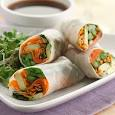
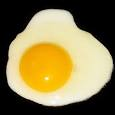
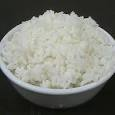
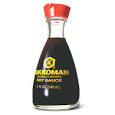
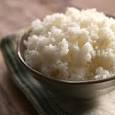
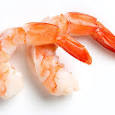
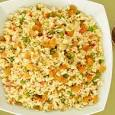
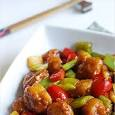
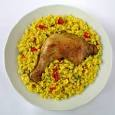
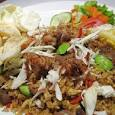
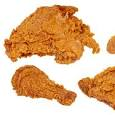
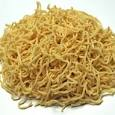
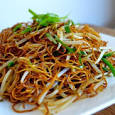
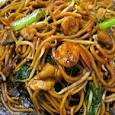
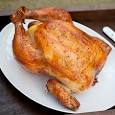
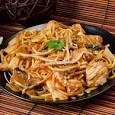
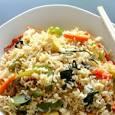
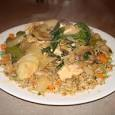

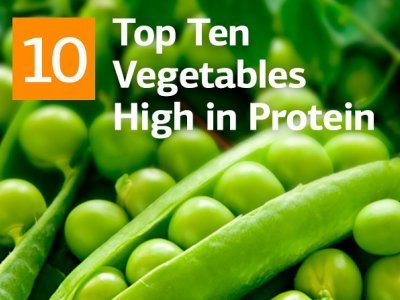

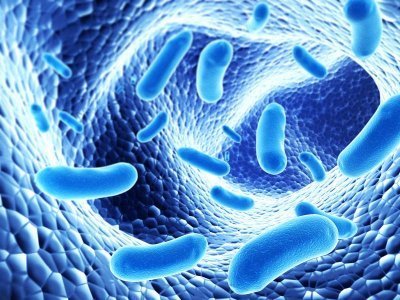






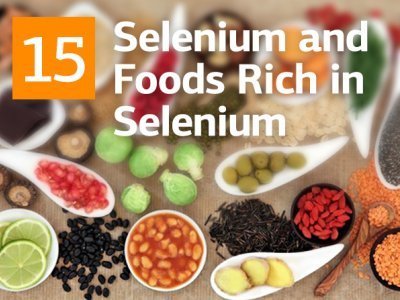
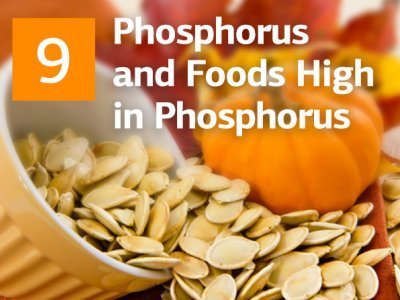
Add your comment